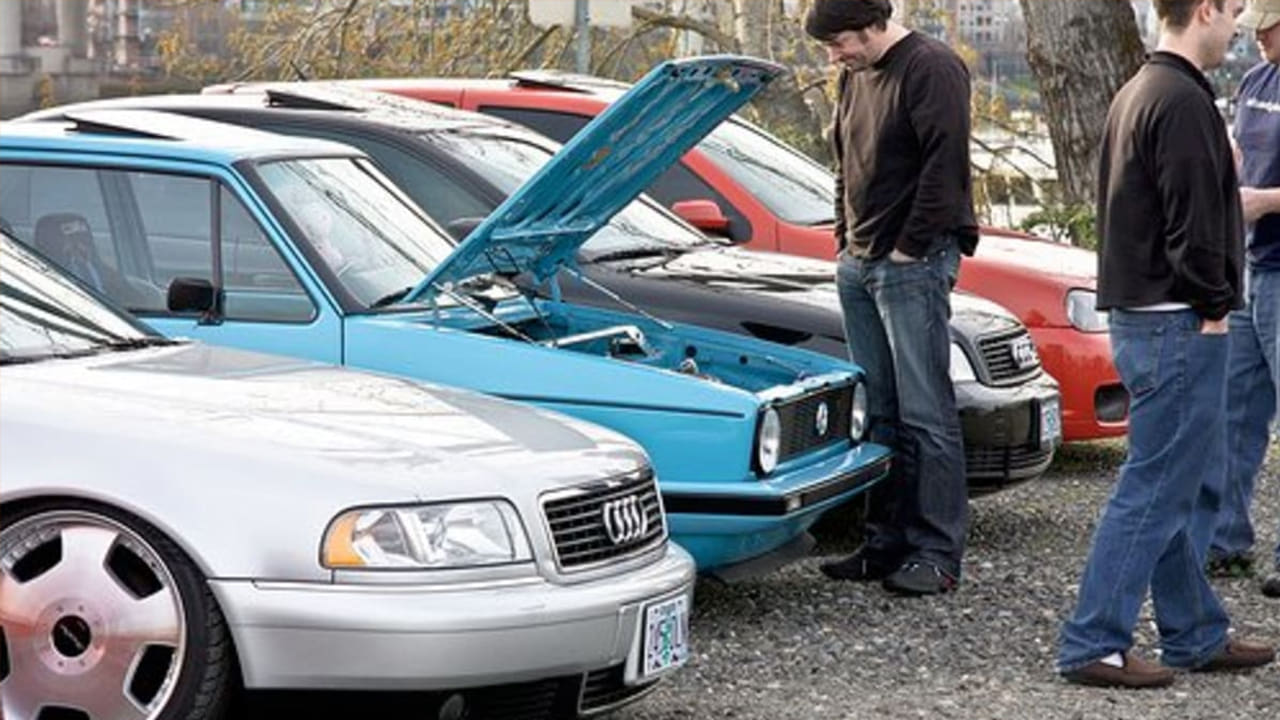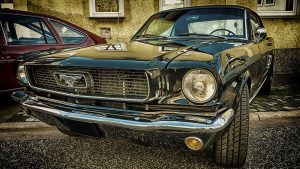Buying a used car or classic car is a nerve-wracking experience for first and inexperienced buyers. Buying itself a tricky process in terms of used cars, to recognize its sign of potential and some hidden problems.
To make more informed decision, the vehicle should check or inspect by a knowledgeable mechanic, otherwise, the false judgment in some basic checks could prove costly.
If you have found your dream car with fantastic features and within budget, you must double-check the car in various markets, and on several websites, including Parkers and What Car?. Research says that why buyers incline with attractive prices. Anyway, having a car now days is a necessity and a responsibility.
To a safe from perils and paying of thousand dollars here are some key points to check before buying a used car.
The Aesthetic Analysis for Buying a Used Car:
Depending on the model, the interior and exterior of the car play an important role, emphasis on ergonomics and comfort of the buyers.
Inspect Exterior of the car:-

- The Level of a Car:-
Before buying a used car analyze level or balance state of a car on the ground. Make sure car is not sagging, if yes then clearly check the tires.
- Body Condition:-
Examine the car paint carefully to find out spots, dents, rust and scratches. Run your fingers on the body to see the same finishing of paint on each corner of the car. If you think, the dent has patched with body filler, put a small magnet on it; it won’t stick to an area with body filler. If other parts of the car are repainted, obviously it decreases the car value.
Minor cosmetic flaws and light scratches have no cause for concern, but rust is. Check the outer body for blistered paint or rust. Also inspect the wheel wells, the rocker panels beneath the doors, and the door bottoms. Bring a flashlight for looking inside the wheel wells for rust.
Misaligned panels or large gaps between doors indicates the substandard repair. Open and close each door, the hood, and the trunk. If it seems loose on its hinges, the car has seen hard or long use. Inspect any rubber seal for tearing or rot.
- Never Buy Major Accidental Car:-
Inspect Interior of the car:-

- Seats & Upholstery:-
Search the signs of rips, strain, tears and other damages in used cars. Check the working of seat’s adjustment properly to feel comfortable drive.
- Distinctive Smell:-
While inspecting, if you sniff an unpleasant smell of acrid, nasty, moldy then check the leakage of water beneath the floor mat. Remove the floor mat identify water spots on the carpets. If the car used by smokers than check ashtray and lighter for evidence.
- Pedals:-
To get an idea of the usage of rubber on the clutch, gas and brake pedal a car with low miles shows less wear. If pedal rubber indicates brand new means the car has driven a lot otherwise it worn though in spots.
- Air Conditioning:-
The perfect time to check the working of an air condition is during the day. Ignition the car and turn on a full knob of AC to realize the air throw and proper cooling of its compressor. In addition to this analyze the thermostat. If compressor trips and start evenly, and do not take load on an engine, its ok.
- Odometer:-
When you on the ignition switch before starting the engine the odometer should show some signals or warning lights for few seconds to make sure every sensor functioning including “check engine light” and go off. If engine hard to start and takes time so check the battery’s condition. Before buying a used car check the mileage in odometer to figure out the age of a car. Normally 10,000 to 15,000 km traveling lies for an average driver.
- Sound System:-
Turn on the vehicle audio system at full voice to test sound quality and other options. If there is a CD, player, try loading and ejecting the disc. In addition to this analyze FM radio and advance option such as navigation system, Bluetooth, telephone integration and a mobile phone controllers, they can now control by steering wheel controls and voice command.
- Roof: –
Find out stain or sags to see the leakage through a sunroof. Check to see it open and close perfectly and seals well after closing.
Inspect Engine related Parts:-

Open the hood and contemplate the heart which is an engine of the car. Start the engine for ten minutes to know the working of further attach components of engine.
- Engine Oil:-
Check the engine oil condition by removing the dipstick. The sign of healthy engine shows golden-brown or reddish-brown color completely. Black engine oil indicates that car has not been service since long time. Open the engine oil filler cap if creamy sludge indicates that head gasket probably damaged and will require major repair.
- Leakage :-
Examine rubber hoses belts and radiator to confirm that none of them in bad form or leakage or broken.
- Antifreeze or Coolant:-
The colors of coolant explain a lot about engine condition, dirty brown liquid in the overflow container indicates an issues like blown head gasket or cracked cylinder head or block.
- Exhaust System:-
Another important function is the exhaust of the car. If a color of exhaust is blue it means burning engine oil. Dark black smoke indicates that car having issues of burning fuel. While persistent white smoke is not good either an indication there pool and leakage into combustion chamber.
Put your finger in the exhaust to check, if you find grease in it, this indicates deeper problem.
- Engine Sound:-
Start the engine for 15-20 minutes to listen the sound, if idle evenly without rattling, perfectly fine. Meanwhile analyze the temp gauge of the car. It should stay in the middle.
Road Test of the Car:-

One of the best ways to analyze the car by taking test drive. Drive on different tracks to figure out the problems. Car should smooth when accelerate. If a car is manual then check its gears and clutch is smooth and while changing gear never occurs vibration.
Beside check the suspension on smooth and bumpy road. There should no delay between engine speed and speed of the car. If there is a delay, car may have transmission problem. Make sure the brakes are perfectly working.






